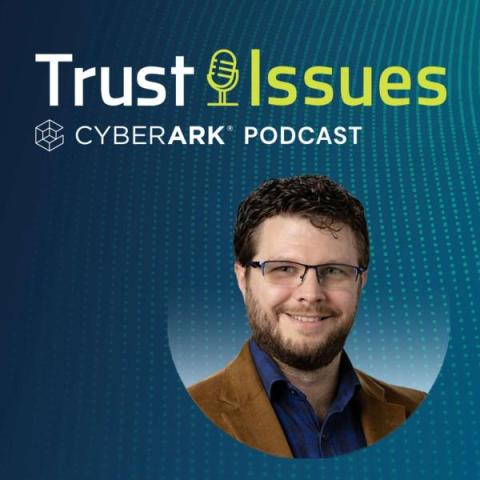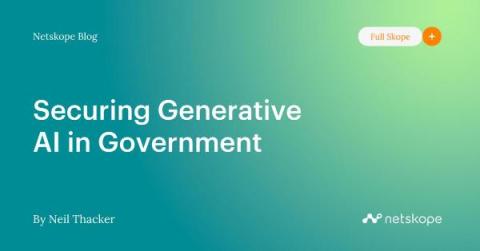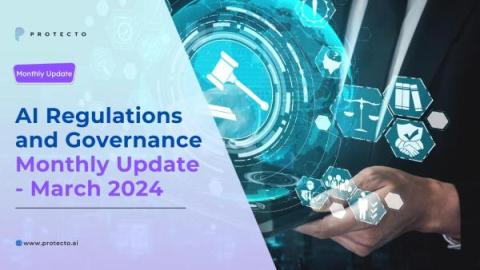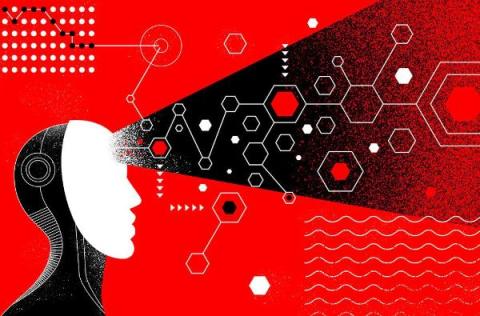AI Voice Cloning and Bank Voice Authentication: A Recipe for Disaster?
New advancements in generative AI voice cloning come at a time when banks are looking for additional ways to authenticate their customers – and they’re choosing your voice. Banks adopted the principles of multi-factor authentication years ago. But continued cyber attacks aimed at providing SIM swapping services have increased the risk of assuming the credential owner actually possesses the mobile device. So, where do they go next to prove you’re you? Voiceprint.











